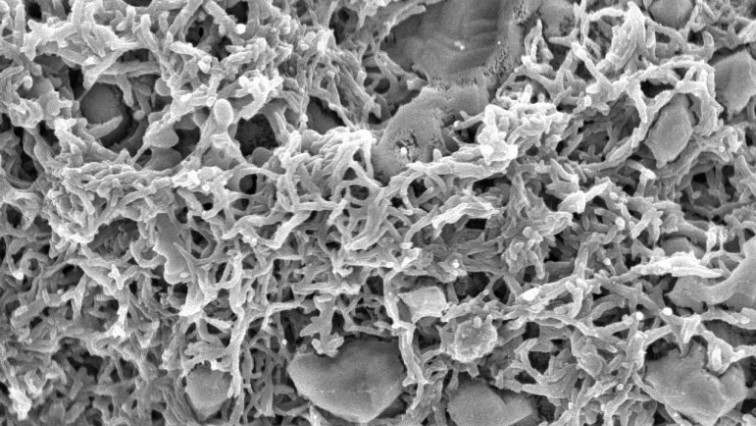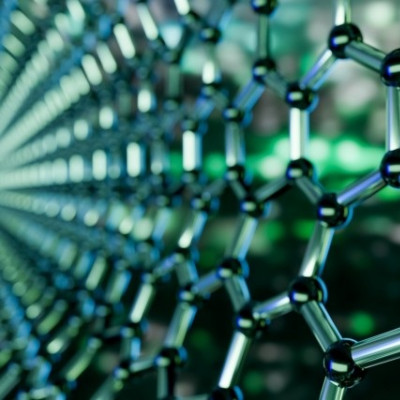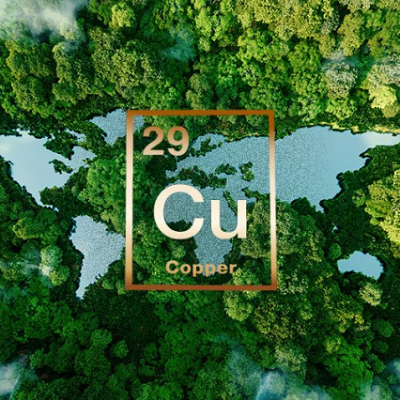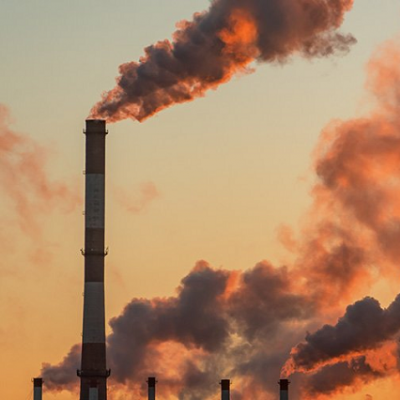Scientists are continually striving to enhance the porosity of carbon, which exposes more of the material’s surface and optimizes its performance in applications such as adsorbing pollutants and storing electrical energy.
A new synthesis technique detailed Nov. 22 in the journal ACS Nano pushes carbon’s surface area to an unprecedented 4,800 square meters per gram, equivalent to about the size of a football field packed into a teaspoon of material.
“Having more surface per mass is very important, but you can get to a point where there is no material left. It’s just air,” said senior author Emmanuel Giannelis, the Walter R. Read Professor in the Department of Materials Science and Engineering, in Cornell Engineering. “So the challenge is how much of that porosity you can introduce and still have structure left behind, along with enough yield to do something practical with it.”
To address this challenge, Giannelis enlisted postdoctoral researcher Nikolaos Chalmpes, who had been engineering materials using hypergolic reactions, which occur spontaneously when certain chemicals mix and release a rapid, intense burst of energy.
“I was trying to understand how to harness and control these unexplored reactions for synthesizing various carbon nanostructures, and after adjusting various parameters, I discovered that we might be able to achieve ultrahigh porosity,” said Chalmpes, who is lead author of the study. “Until then, these reactions had only been used in rocket and aircraft systems, and deep space probes for propulsion and hydraulic power.”
The technique begins with sucrose and a template material to help shape the carbon into a structured form. When mixed with specific chemicals, the hypergolic reaction ignites, forming carbon tubes with a high concentration of reactive molecular rings made up of five carbon atoms, instead of the typical six-membered rings found in most carbon structures.
The final step involves treating the material with potassium hydroxide, which etches away less-stable structures, creating an intricate network of microscopic pores.
“When you do this very fast reaction, it creates a perfect situation where the system cannot relax and go to its lowest energy state, which it would normally do,” Giannelis said. “Because of the speed of hypergolic reactions, you can catch the material in a metastable configuration that you cannot get from the slow heating of a normal reaction.”
With collaborators at Cornell and the National Centre of Scientific Research, Demokritos, in Greece, the researchers demonstrated that the nanoporous material could adsorb carbon dioxide at nearly twice the capacity of traditional activated carbons, and can capture 99% of its total capacity in just two minutes, making it one of the fastest-acting sorbents of its kind.
The new material also shows promise in energy storage, achieving a volumetric energy density of 60 watt-hours per liter, four times greater than commercially available activated carbons.
“This approach offers an alternative strategy for designing and synthesizing carbon-based materials suitable for sorbents, catalyst supports and active materials for supercapacitors, particularly in applications requiring space efficiency,” said Chalmpes, who is also using the technique to create new nanoparticle alloys. “Furthermore, the unique experimental conditions of hypergolic reactions provide another pathway for the design and synthesis of electrocatalysts with enhanced properties.”
Read the original article on Cornell University.







